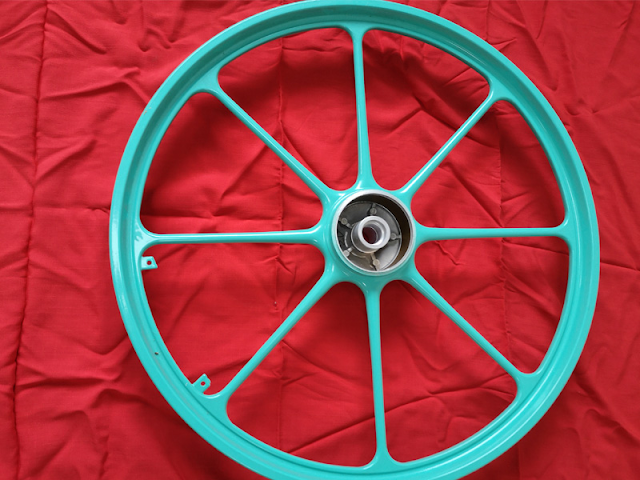Among all die-cast alloys, parts made by die casting aluminum are lightweight and able to withstand the highest operating temperatures.
Characteristics of Aluminum Alloy:
Excellent EMI and RFI shielding properties
Outstanding corrosion resistance
Very good strength and hardness
High operating temperatures
Good finishing characteristics
Good stiffness and strength-to-weight ratio
Excellent thermal conductivity
High electrical conductivity
Lightweight
Full recyclability
Significant advantages are offered to the mechanical designers because of the properties of Aluminum’s strength, corrosion resistance, and heat dissipation. And for even more applications our proprietary Thin Wall Aluminum Technology has made aluminum die casting an option.
Advantages of Aluminum Die Casting
One of the most significant benefits of die casting aluminum china is that when compared to other die cast alloys it creates lighter parts that too with more surface finishing options. Among all the die-cast alloys Aluminum can withstand the highest operating temperatures. Moreover, cast aluminum retains high dimensional stability with thin walls, is versatile, corrosion-resistant; and can be used in almost any industry.
Applications of Aluminum Die Casting:
By contributing to weight-saving requirements Aluminum castings improve automotive fuel efficiency
In the telecom and computing industries, Aluminum is used in a broad range of networking and infrastructure equipment as RF filter boxes and housings require heat dissipation.
In handheld devices, aluminum castings provide durability with minimal weight, EMI/RFI shielding, and rigidity.
Die-cast aluminum is ideal for electronic connectors and housings because of aluminum’s excellent electrical performance and shielding properties, even in high-temperature environments.
Recycling Aluminum Die Castings
By mixing and melting pure aluminum with other materials such as magnesium, iron, and copper, the making of secondary aluminum alloys is done. Due to the cost of extraction, the use of pure aluminum in casting is quite rare. What makes aluminum alloys a top choice for designers from nearly any industry is their ease of use in die casting combined with lighter weight and durability.
Compared to primary aluminum Secondary aluminum is more economical to produce and it is because it only requires 5 percent as much energy to produce. It is even highly used by die casting aluminum manufacturers. During fabrication, most of the energy consumption in aluminum die casting is used to heat and re-melt the metal. For this reason, die casting can save more time, energy, and money by re-melting in-house.






No comments:
Post a Comment